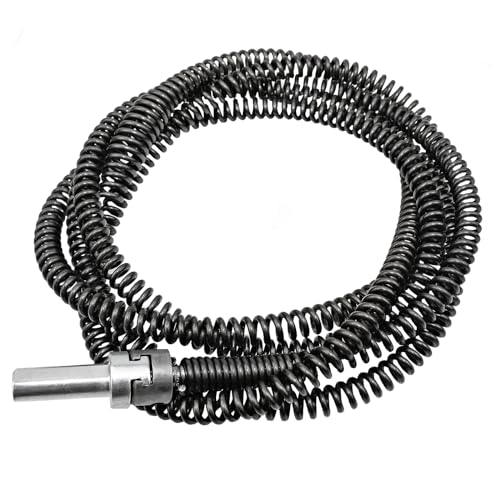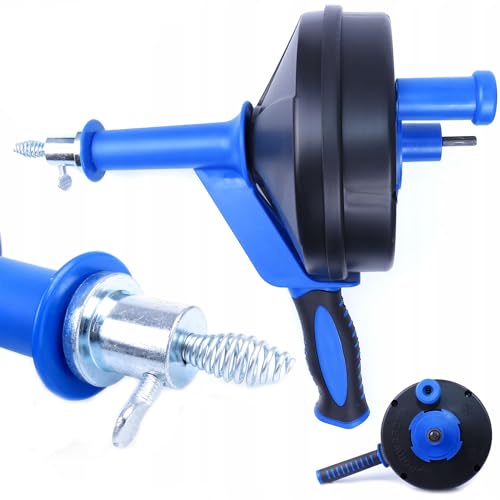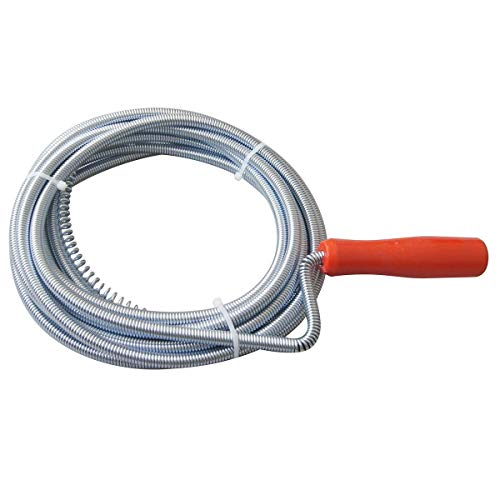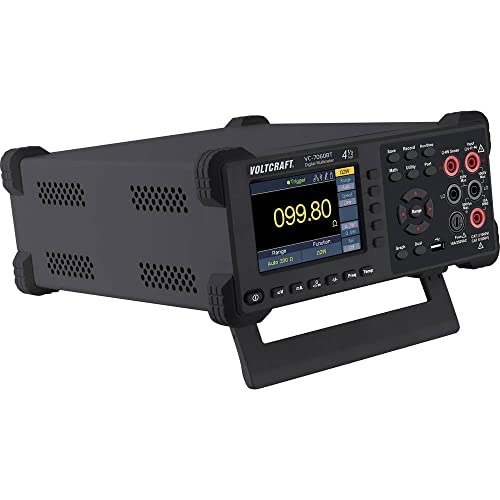Understanding Plumbing Snakes: What They Are and How They Work
What is a Plumbing Snake?
A plumbing snake, also known as a drain auger, is a tool designed to eliminate clogs in household pipes. Imagine needing to clear a stubborn blockage in your sink or toilet; a plumbing snake can help you reach deep into the plumbing to break up or retrieve whatever is causing the problem. This tool consists of a flexible metal coil that is fed into the pipes, allowing it to navigate bends and turns.
How Does a Plumbing Snake Operate?
When we use a plumbing snake, we manually guide it down the drain. The tip, often equipped with various attachments, is crucial because it can either break through clogs or latch onto them for extraction. As you push the snake forward, it unwinds inside the pipe, accessing blockages that would be unreachable with standard plungers or chemical cleaners. It’s a mechanical solution that is highly effective for stubborn and more serious clogs.
Types of Plumbing Snakes: Choosing the Best One for Your Needs
Handheld Plumbing Snakes
A handheld plumbing snake is lightweight and easy to use, making it perfect for smaller, household clogs. If you have hair blocking your bathroom sink or food debris in your kitchen, this type of snake will be your go-to tool. They typically range from 10 to 25 feet in length and are user-friendly for anyone without plumbing expertise.
Toilet Augers
For addressing clogs specifically in toilets, a toilet auger is recommended. This tool is designed to navigate the unique twists of a toilet bowl and often features a protective sleeve to prevent scratching the porcelain. If you’ve dealt with a blockage in your toilet multiple times, investing in a toilet auger is a wise choice.
Power Drains and Electric Snakes
For heavy-duty clogs in larger plumbing systems, we suggest considering power drains or electric snakes. These tools use a motor to rotate the coiled cable, making them more effective for tougher blockages and can reach deeper into plumbing systems often exceeding 50 feet. If you frequently encounter stubborn clogs, a power drain could be the best solution for your needs.
How to Use a Plumbing Snake: A Step-by-Step Guide
Preparation Before Using the Snake
Before we start with the plumbing snake, it’s important to prepare the area. Clear the space around your sink or toilet to have enough room to operate the tool effectively. Wearing gloves is essential for hygiene, and a drop cloth can help catch any drips or debris.
Inserting the Plumbing Snake
Once you’re ready, we begin by gently inserting the tip of the snake into the drain. If it’s a sink, push it only as far as necessary to feel resistance. This resistance usually indicates we’re near the clog.
Rotating and Maneuvering the Snake
As we push the snake further, we should begin to twist the handle. This rotating motion can help the snake penetrate the clog more effectively. If we feel the snake getting stuck, we can gently pull it back and reposition it before trying again.
Retrieving or Breaking Up the Clog
Once we sense the snake has reached the clog, we can either attempt to break it apart or retrieve it. If you feel the blockage dislodging, slowly pull the snake back while continuing to rotate it. If the debris is snagged on the end, we’ll need to extract it completely to clear the drain.
Tips for Maintenance and Care of Your Plumbing Snake
Cleaning the Plumbing Snake
After using the plumbing snake, it’s crucial to clean it thoroughly. Wipe down the coiled cable and the handle with a cloth to remove any grease or debris, and rinse it off under warm water. This step helps prevent rust and keeps the snake ready for the next use.
Storing Your Plumbing Snake
Storage is equally important to maintain the life of your plumbing snake. Store it in a dry area, preferably hanging or in a case where it won’t be subject to bends that could damage it. Keeping it out of moisture will also help preserve its material quality.
When to Consider Alternatives: Other Drain Cleaning Solutions
Chemical Drain Cleaners
While plumbing snakes are very effective, there are instances when chemical drain cleaners might be more suitable for minor clogs. If we’re dealing with a softer blockage like soap scum or grease, these substances can break it down without the need for manual intervention.
Professional Drain Cleaning Services
For severe blockages that resist both snakes and chemical solutions, we may want to consider hiring a professional plumber. They possess advanced tools and expertise necessary for tackling complex plumbing issues. If you frequently find yourself fighting persistent clogs, a professional inspection can uncover underlying issues in your plumbing.
































